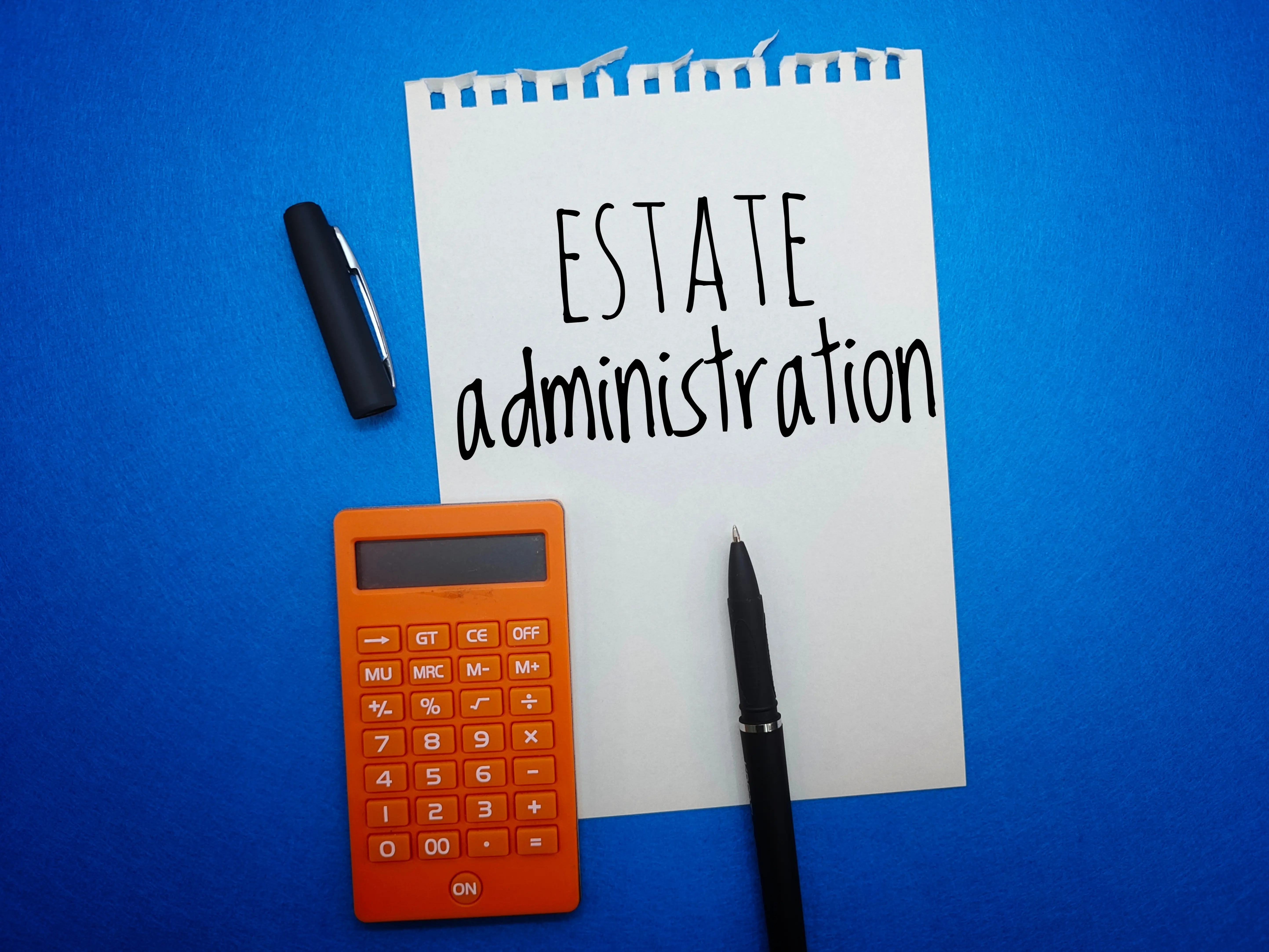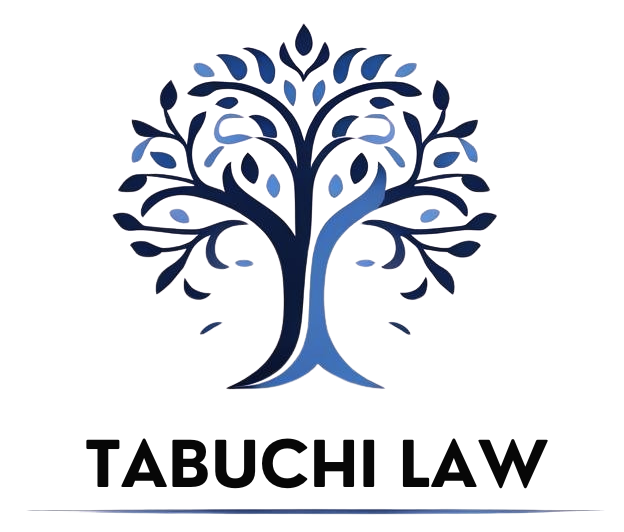Ontario Inheritance Made Easy: Joint Property Tips You’ll Love!

Key Takeaways
- Non-probate assets are assets that are not subject to the probate process and can be distributed directly to the designated beneficiaries.
- Avoiding probate tax is a key benefit of proper estate planning, as non-probate assets can be distributed more efficiently and with lower costs.
- Probate administration can be a complex and time-consuming process, and non-probate assets can help streamline the distribution of a person's estate.
- Seeking a probate consultation with a professional can help individuals understand the best strategies for their specific situation and ensure their non-probate assets are properly designated.
Navigating Ontario's Estate Planning Landscape: Understanding Non-Probate Assets
When it comes to estate planning in Ontario, understanding the concept of non-probate assets is crucial. These assets can play a significant role in determining how your wealth and possessions are distributed after you're gone. In this comprehensive guide, we'll explore the ins and outs of non-probate assets, their importance in estate planning, and how they can impact your overall wealth transfer strategy.
- What are Non-Probate Assets?
- Common Examples of Non-Probate Assets
- Benefits of Non-Probate Assets
- Challenges and Considerations
- Integrating Non-Probate Assets into Your Estate Plan
- The Role of a Legal Professional
- Conclusion
What are Non-Probate Assets?
In the world of estate planning, non-probate assets are a distinct category of property that are not subject to the probate process. Probate is the legal procedure in Ontario where the court oversees the distribution of a deceased person's assets according to their will or, in the absence of a will, the province's intestacy laws. Non-probate assets, on the other hand, are those that can be transferred directly to designated beneficiaries outside of the probate system. This means that these assets can be distributed quickly and efficiently, often without the need for court involvement.
Common Examples of Non-Probate Assets
So, what exactly qualifies as a non-probate asset in Ontario? Some of the most common examples include:
- Life Insurance Policies: Life insurance proceeds are typically paid directly to the named beneficiaries, bypassing the probate process.
- Registered Retirement Accounts (RRSPs, RRIFs, and TFSAs): These accounts allow you to designate specific beneficiaries who will receive the assets upon your passing, without going through probate.
- Joint Ownership with Right of Survivorship: Assets that are jointly owned, such as real estate or bank accounts, can be transferred to the surviving owner(s) without probate.
- Payable-on-Death (POD) or Transfer-on-Death (TOD) Accounts: These accounts allow you to name a beneficiary who will receive the assets directly upon your death, bypassing probate.
- Trusts: Assets held in a properly structured trust can often be distributed to beneficiaries outside of the probate process.
It's important to note that the specific rules and regulations surrounding non-probate assets can vary, so it's always best to consult with a legal professional to ensure that your assets are properly structured and aligned with your estate planning goals.
Benefits of Non-Probate Assets
Incorporating non-probate assets into your estate plan can offer several significant benefits:
- Faster Distribution: Non-probate assets can be transferred to their designated beneficiaries much more quickly than assets that must go through the probate process, which can sometimes take several months or even years to complete.
- Privacy: Probate proceedings are a matter of public record, while non-probate transfers can often be kept private and confidential.
- Avoidance of Probate Fees: The probate process in Ontario can be quite costly, with fees typically ranging from 1.5% to 3% of the estate's value. By minimizing the assets that must go through probate, you can potentially save your beneficiaries a significant amount of money.
- Customized Beneficiary Designations: With non-probate assets, you have the flexibility to designate specific beneficiaries, which can be particularly useful for blended families or when you want to ensure certain individuals or organizations receive a portion of your wealth.
Ultimately, the strategic use of non-probate assets can be a powerful tool in your estate planning arsenal, helping to ensure that your wealth is distributed according to your wishes and in the most efficient and cost-effective manner possible.
Challenges and Considerations
While non-probate assets offer many benefits, there are also some potential challenges and considerations to keep in mind:
- Beneficiary Designations: It's crucial to regularly review and update your beneficiary designations to ensure they align with your current wishes. Failing to do so could result in unintended distributions of your assets.
- Coordination with Your Overall Estate Plan: Non-probate assets should be carefully integrated with the rest of your estate plan, including your will and any trusts you may have established. Inconsistencies or conflicts between these elements can lead to complications and unintended consequences.
- Creditor and Spousal Claims: In some cases, non-probate assets may still be subject to claims from creditors or a surviving spouse, even if they are distributed directly to the named beneficiaries.
- Tax Implications: The tax treatment of non-probate assets can be complex, and it's important to understand the potential income tax, capital gains tax, and estate tax implications of these transfers.
By working closely with a qualified estate planning lawyer, you can navigate these challenges and ensure that your non-probate assets are integrated seamlessly into your overall estate plan.
Integrating Non-Probate Assets into Your Estate Plan
When it comes to incorporating non-probate assets into your estate plan, the key is to take a holistic approach. Start by conducting a comprehensive review of your assets, including any life insurance policies, retirement accounts, joint ownership arrangements, and other potential non-probate items. Once you have a clear understanding of your non-probate assets, you can begin to strategize how they fit into your overall estate planning goals.
This may involve reviewing and updating your beneficiary designations, considering the use of trusts to hold certain assets, and ensuring that your will and other estate planning documents are aligned with your non-probate asset structure. It's also important to regularly review and update your plan as your personal and financial circumstances change over time.
Remember, the successful integration of non-probate assets into your estate plan requires careful planning and attention to detail. By working closely with a knowledgeable estate planning lawyer, you can ensure that your wealth is distributed according to your wishes, while minimizing the burden on your loved ones and maximizing the benefits of non-probate assets.
The Role of a Legal Professional
When it comes to navigating the complexities of non-probate assets and estate planning in Ontario, the guidance of a qualified legal professional is invaluable. An experienced estate planning lawyer can help you:
- Identify and properly structure your non-probate assets
- Ensure that your beneficiary designations are up-to-date and aligned with your overall estate plan
- Explore the use of trusts and other strategies to optimize the distribution of your non-probate assets
- Understand the tax implications and minimization strategies related to non-probate transfers
- Integrate your non-probate assets seamlessly with your will, powers of attorney, and other estate planning documents
By working closely with a legal professional, you can have confidence that your non-probate assets are properly managed and that your overall estate plan is structured to achieve your desired outcomes. Remember, estate planning is not a one-size-fits-all proposition, and the guidance of an expert can make all the difference in ensuring that your wishes are carried out efficiently and effectively.
Conclusion
In the complex world of estate planning, understanding the role of non-probate assets is crucial. These assets can offer a range of benefits, from faster distribution to increased privacy and cost savings. However, they also come with their own set of challenges and considerations that must be carefully navigated.
By working closely with a qualified estate planning lawyer, you can ensure that your non-probate assets are properly structured, integrated into your overall estate plan, and aligned with your long-term goals. Whether you're just starting to explore your estate planning options or looking to refine an existing plan, it's never too early (or too late) to take a closer look at the power of non-probate assets.
FAQs
What happens if I forget to update my beneficiary designations?
Forgetting to update your beneficiary designations can lead to unintended distributions of your non-probate assets. It's crucial to regularly review and update these designations to ensure they align with your current wishes. If you pass away without updating your beneficiaries, the assets may go to individuals or organizations that you no longer intend to benefit.
Can non-probate assets still be subject to claims from creditors or a surviving spouse?
In some cases, yes. While non-probate assets are generally protected from the probate process, they may still be subject to claims from creditors or a surviving spouse, even after they have been distributed to the named beneficiaries. The specific rules and regulations surrounding these types of claims can be complex, so it's important to work with a legal professional to understand the potential risks and protections.
How do I ensure that my non-probate assets are properly integrated with the rest of my estate plan?
Integrating your non-probate assets with the rest of your estate plan requires careful coordination and attention to detail. This may involve reviewing and updating your will, powers of attorney, and any trusts you have established to ensure that there are no conflicts or inconsistencies. Working with an experienced estate planning lawyer can help you navigate this process and ensure that your overall plan is cohesive and aligned with your goals.
What are the tax implications of non-probate asset transfers?
The tax treatment of non-probate asset transfers can be complex and varies depending on the specific type of asset and your personal financial situation. Some non-probate transfers may be subject to income tax, capital gains tax, or even estate tax. It's crucial to consult with a legal and tax professional to understand the potential tax implications and plan accordingly.
Do I need to have a will if I have non-probate assets?
Yes, even if you have a significant amount of non-probate assets, it's still important to have a valid will in place. Your will can serve as the cornerstone of your overall estate plan, allowing you to distribute any probate assets, appoint guardians for minor children, and ensure that your wishes are carried out. The integration of your non-probate assets and your will is a key part of comprehensive estate planning.



